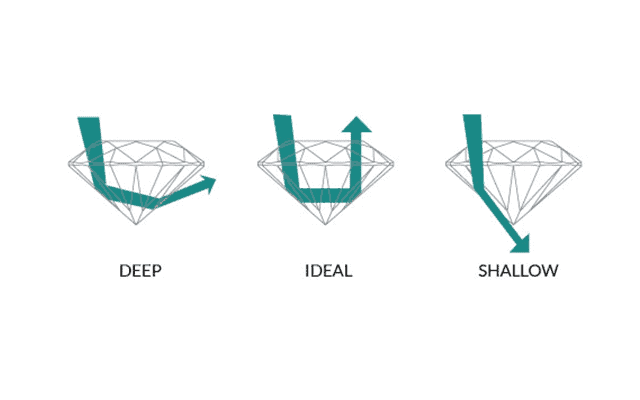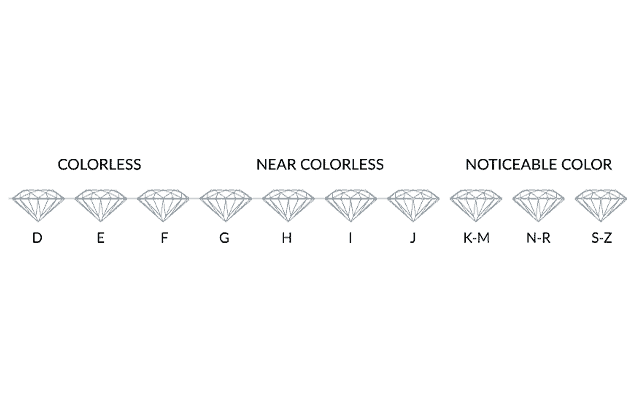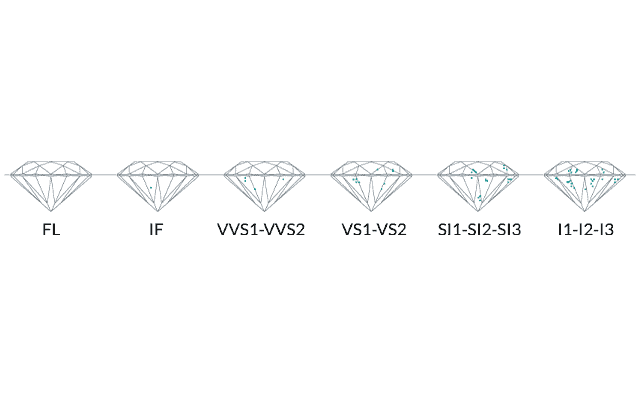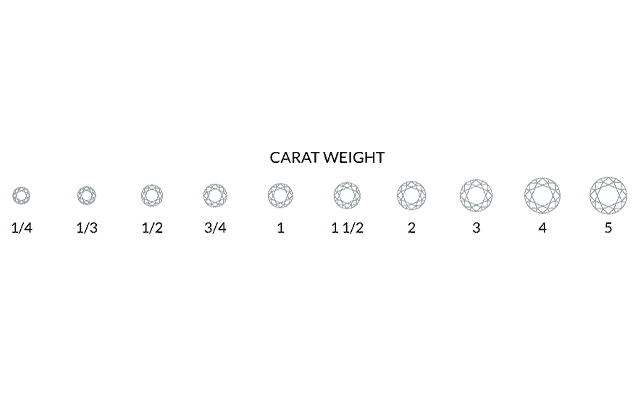
CUT
This is probably the most important when it comes to determining a diamond’s value and beauty. It shows the skill of the cutter who fashioned the diamond to bring out the brilliance and scintillation of the diamond to make it sparkle from across the room. Technology can be used to assess the diamond’s light performance and hence the quality of its cut. A diamond’s light performance depends on the cutter’s decision of angles and placement of the facets, as well as the skill to place those facets precisely. Getting a diamond to its full luster takes time and careful polishing. Like minute scratches that dull a glass surface, a poor polish can reduce the brightness and sparkle of a diamond. The quality of the cut also affects a diamond’s value, and can increase it by up to 50% more. When the cut is more precise, the more captivating it is to the eye.


COLOR
Not all diamonds are colorless, like the ones most often seen in jewelry. In fact, they come in many hues ranging from colorless to light yellow and even light brown. The rarest of these are the colorless diamonds. The ones with color to them are known as fancy, and their grading is unique, like a fingerprint. Determining a color or colorless diamond is done with Comparison Diamonds in a controlled atmosphere.
CLARITY
This is another important thing to look for when buying the perfect diamond, as it can also have an effect on a diamond’s value. Diamonds can have internal characteristics, also known as inclusions, as well as external characteristics that are known as blemishes. A flawless diamond, one that has neither inclusions nor blemishes, is very rare. When a grader looks at clarity, he uses magnification and specific lighting and determines the diamond’s clarity grade based on the particular characteristics he sees.


CARATS
Carats are the units of measurement that are used to determine a diamond’s weight, where one carat is equal to one fifth (1/5) of a gram, and is then divided into 100 points.